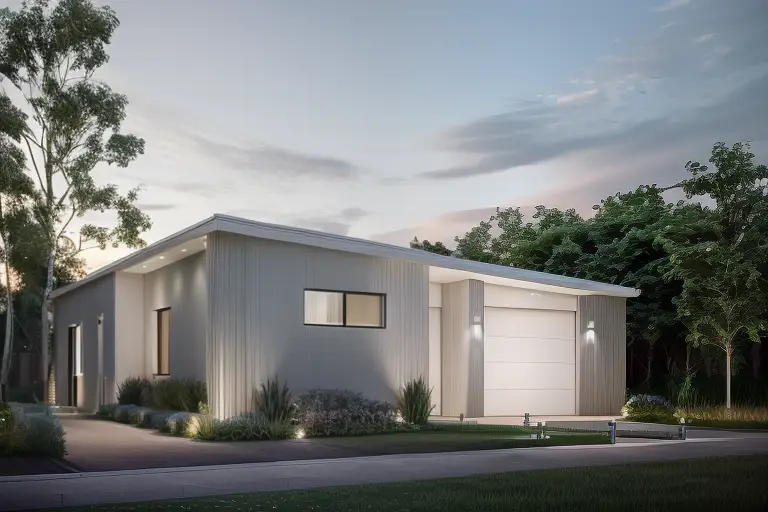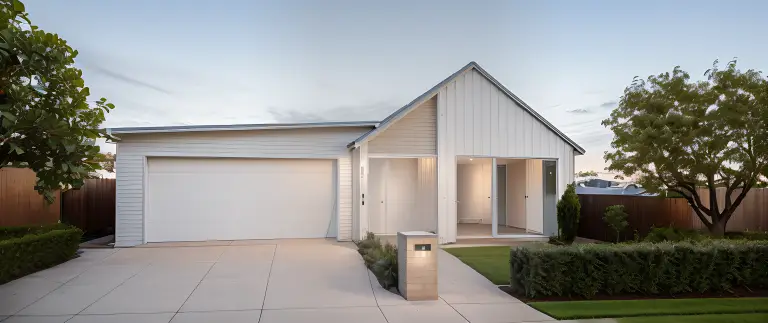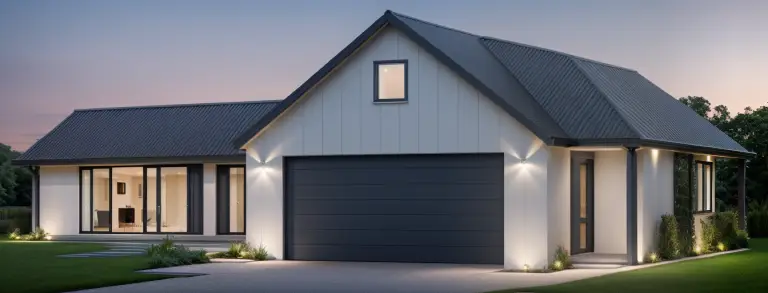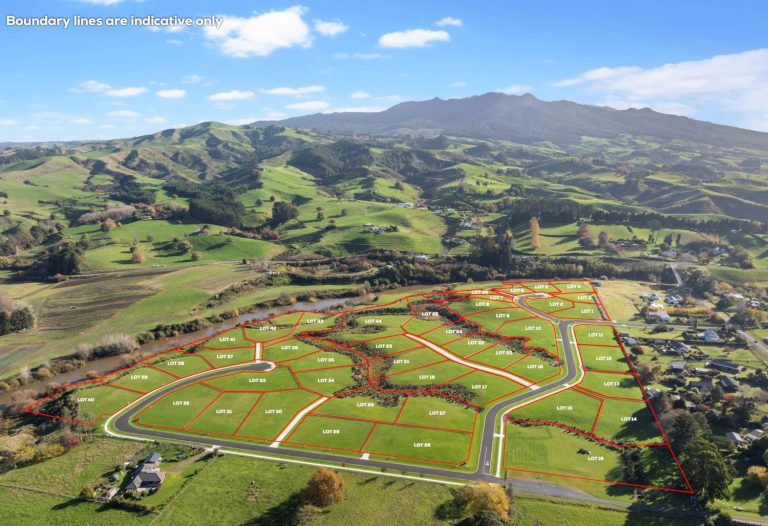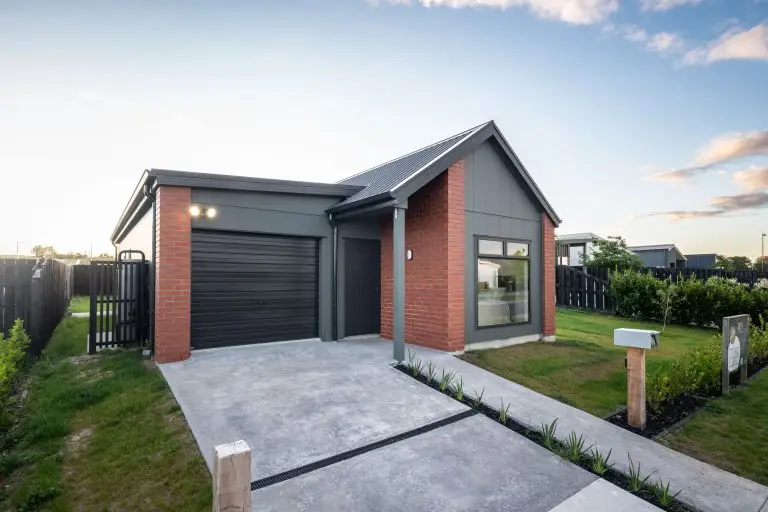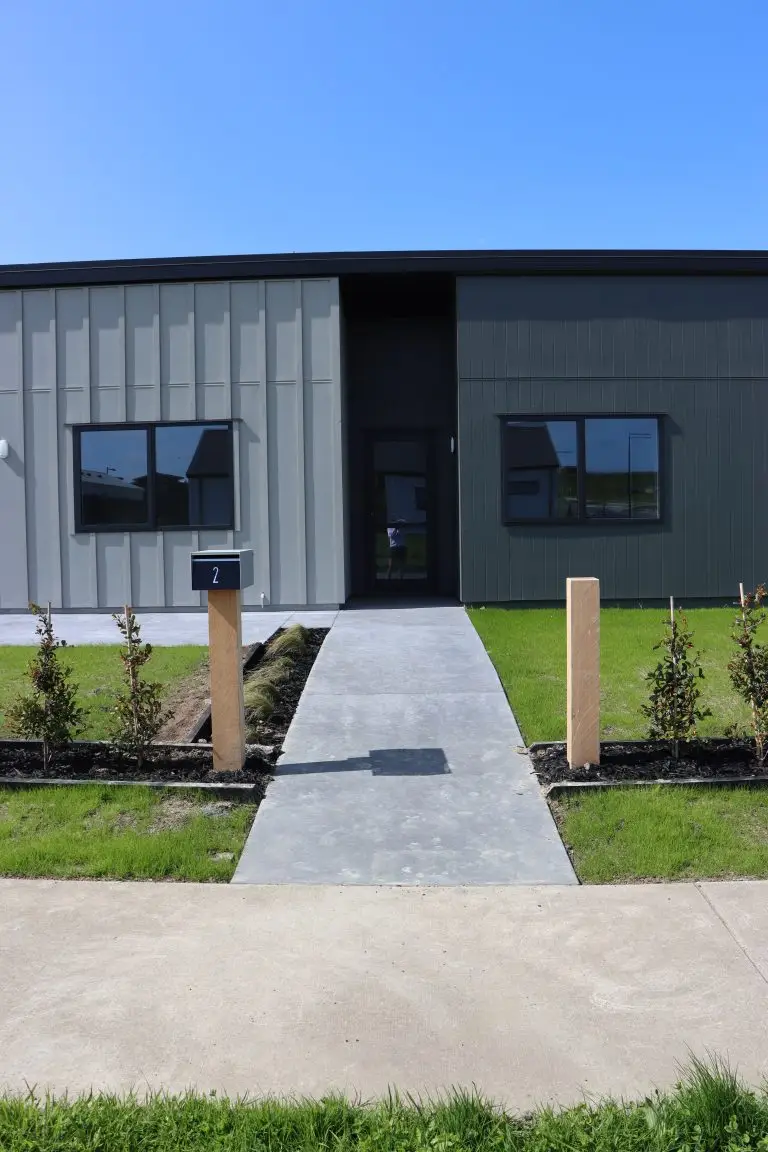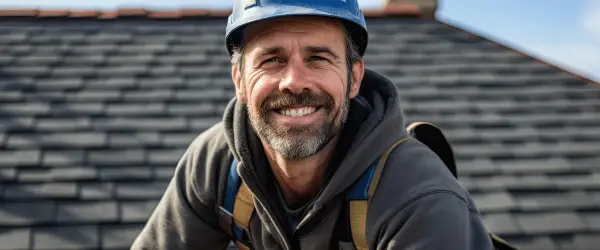Passive design principles and green building certifications like New Zealand’s Homestar rating system are gaining increasing importance in the construction industry as awareness grows about the environmental impact of buildings and the need for sustainable solutions. In this article, we’ll delve into passive design, explore the Homestar rating system, and discuss how incorporating these principles can lead to more energy-efficient and environmentally friendly buildings in New Zealand. DEN is exerienced in the design, specification and certification process with the New Zealand Green Building Council.
What is Passive Design?
Passive design refers to the integration of design strategies and building techniques that maximize natural resources such as sunlight, air, and water to reduce reliance on mechanical or electrical systems for heating, cooling, and lighting. The goal of passive design is to create comfortable, healthy, and energy-efficient buildings without compromising on quality or comfort.
Key principles of passive design include:
Optimal Building Orientation: Properly orienting a building to maximize exposure to sunlight during the winter months while minimizing direct sun exposure during summer can significantly reduce heating and cooling requirements.
High Levels of Insulation: Adequate insulation in walls, roofs, and floors helps to minimize heat transfer, keeping indoor temperatures stable and reducing the need for heating and cooling.
Effective Ventilation: Natural ventilation techniques, such as cross-ventilation and stack ventilation, can be employed to improve indoor air quality and reduce the reliance on mechanical ventilation systems.
Thermal Mass: Incorporating materials with high thermal mass, such as concrete or masonry, helps to stabilize indoor temperatures by absorbing and releasing heat slowly.
Energy-Efficient Windows: Installing high-performance windows with low-emissivity coatings and insulated frames can minimize heat loss and gain.
Understanding the Homestar Rating System
The Homestar rating system, developed by the New Zealand Green Building Council, is a comprehensive tool for evaluating and rating the sustainability and environmental performance of residential buildings. It assesses various aspects of a building’s design, construction, and operation, including energy efficiency, water conservation, indoor air quality, and material selection.
The Homestar rating system uses a scale of 1 to 10 stars, with 10 stars representing a world-leading, sustainable home. To achieve a higher Homestar rating, builders and designers must incorporate features and practices that align with sustainable building principles and demonstrate a commitment to reducing the environmental impact of the building.
Cost Considerations
While incorporating passive design principles and pursuing a higher Homestar rating may initially result in a higher upfront cost compared to traditional building methods, the long-term benefits far outweigh the initial investment. Studies have shown that energy-efficient buildings not only reduce operating costs over time but also command higher resale values and contribute to a healthier and more comfortable living environment for occupants.
In New Zealand, where the building code already sets a high standard for quality and performance, achieving a Homestar rating typically adds between 10% and 20% to the total construction cost. However, this additional investment pays off through reduced energy bills, improved occupant comfort, and enhanced marketability.
Benefits of Passive Design and Homestar Certification
Energy Efficiency: Passive design strategies and Homestar-certified buildings consume significantly less energy for heating, cooling, and lighting, resulting in lower utility bills and reduced greenhouse gas emissions.
Improved Indoor Comfort: By maximizing natural light, optimizing ventilation, and minimizing temperature fluctuations, passive design creates a more comfortable and enjoyable indoor environment for occupants.
Health and Wellbeing: Homestar-certified buildings prioritize indoor air quality, thermal comfort, and moisture control, leading to healthier living spaces and fewer respiratory issues for occupants.
Environmental Sustainability: By reducing energy consumption, conserving water, and using environmentally friendly materials, passive design and Homestar-certified buildings contribute to a more sustainable built environment and help combat climate change.
As the demand for sustainable and energy-efficient buildings continues to grow, passive design principles and green building certifications like New Zealand’s Homestar rating system are becoming increasingly important in the construction industry. While achieving a higher Homestar rating may require an initial investment, the long-term benefits in terms of energy savings, occupant comfort, and environmental sustainability make it a worthwhile endeavor for builders, designers, and homeowners alike. By embracing passive design and pursuing Homestar certification, we can create healthier, more efficient, and more sustainable homes for the future.

House & Land Packages in Waikato: Are They Worth It?
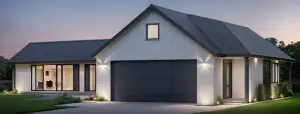
How to Choose the Right Builder in Hamilton: 10 Key Questions to Ask

Best Suburbs in Hamilton & Waikato for New Home Builds
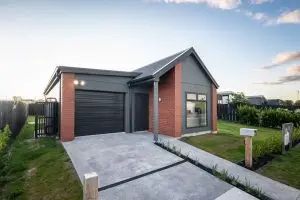
The True Cost of Building a Home in Waikato: Latest Guide

How to finance my house


